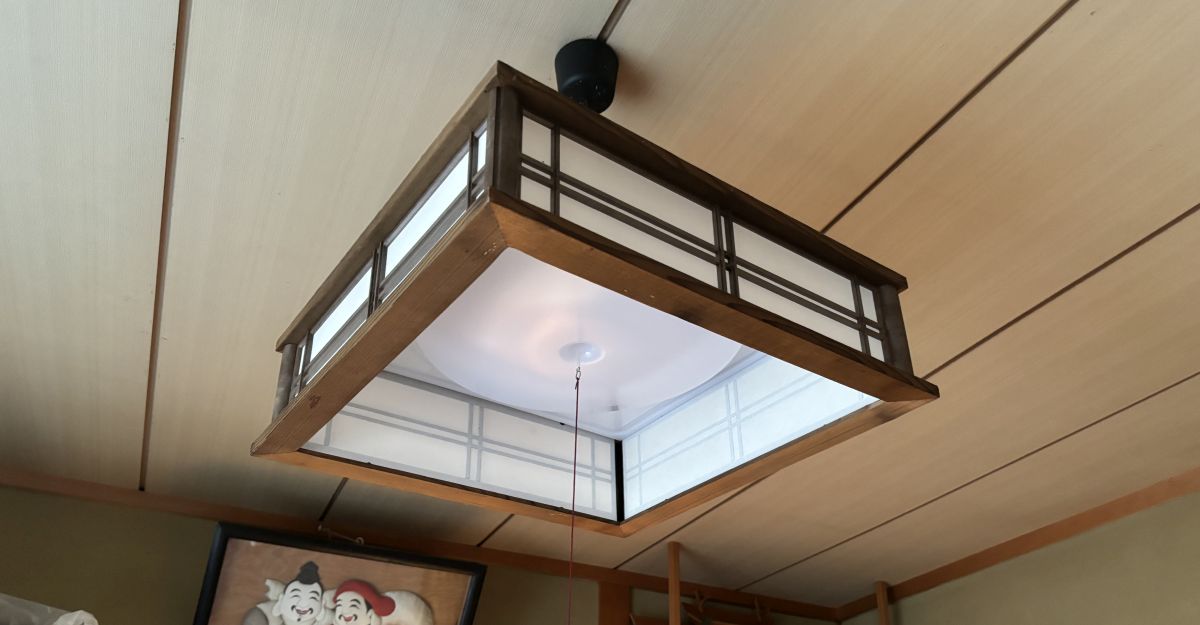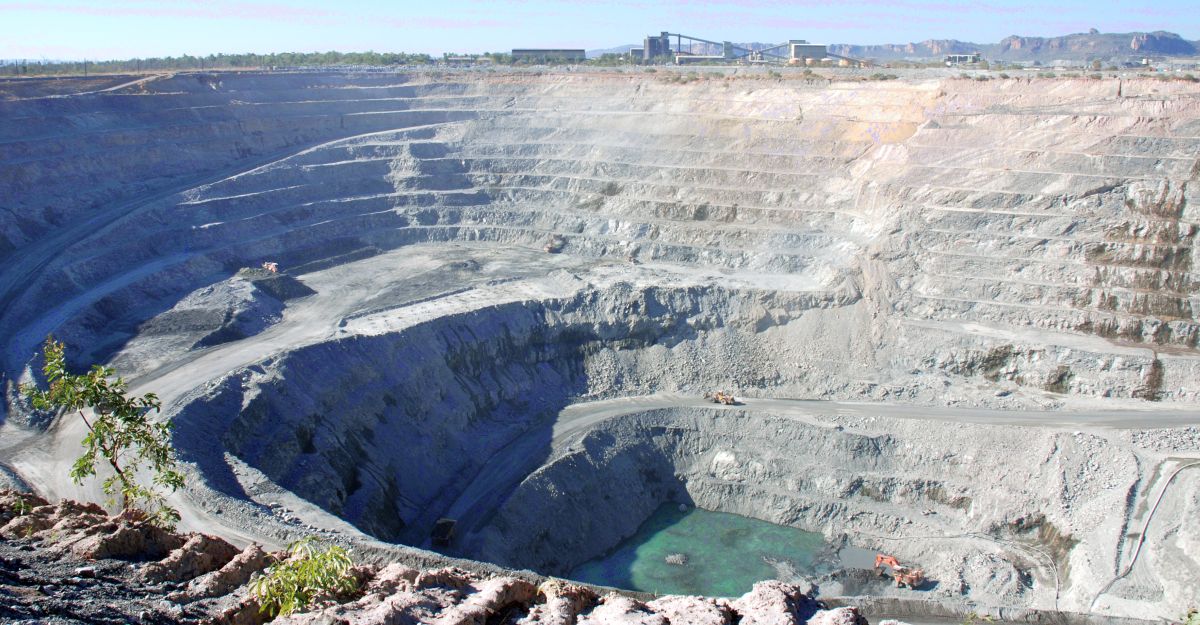Australia has a comedy problem if a guy who dresses in blackface, brownface and yellowface is considered a ‘genius’. In what other country could a comedian earn a pass, let alone praise, for resurrecting minstrelsy? Not many, if any.
That’s what Chris Lilley does: racial cross-dressing. In Jonah from Tonga, Lilley’s latest mockumentary, he wears brown makeup, fake curls, a phoney tatatau, and uses a fob accent and Polynesian mannerisms. Lilley appropriates the Polynesian appearance and experience to make an obvious point about racism in Australia: Polynesians are marginalised.
I should offer the customary acknowledgement here: Lilley is a good satirist. In Summer Heights High and Jonah from Tonga Lilley reveals that Jonah, a complex and endearing bigot, is a product of his bigoted environment – Australia. But there’s a basic danger in Lilley’s satire: he risks reinscribing the very stereotypes he is acting out. Jonah Takalua operates on two levels: confirmation and critique. For some Jonah will confirm Polynesian stereotypes, for others he will critique Polynesian stereotypes.
Prominent Tongan community member Meliama Fifita believes the former is true. So do I (as I have argued in the Guardian). As a Polynesian – my mother is Maori and my father is Samoan – I think Lilley does more harm than good to our struggle. To ridicule Australian racism Lilley has to show it. The method – brownface – overcomes the message about Australian racism.
A white man in brownface is too loaded to make an effective point. The makeup, the hair, the tatatau, the accent and the mannerisms retain their negative power despite Lilley’s best intentions. In the nineteenth century, brownface was used to spread the othering stereotype. In the twentieth century brownface was used as a casting practice to keep actors of colour out of lead roles. In twenty-first century Australia a white man in brownface is the primary depiction of Polynesians in popular culture. I can’t be the only person who sees a problem there.
I doubt Lilley asked himself why he needed to be the person telling the story. That question is doubly important given the history of brownface as a tool of exclusion and marginalisation. It’s more important still given recent accusations from Lebanese actor Firass Dirani and Samoan actor Jay Laga’aia of a ‘White Australia’ policy in Australian television.
But perhaps it’s me who is missing the point. The fact that Lilley can win praise for racial cross-dressing might be the best satire of Australian racism. Yet I’m not aware of anything that points to this being Lilley’s purpose. And even if it were, the negative power of brownface – or blackface, yellowface and redface – remains.
The ease with which the Polynesian appearance and experience is appropriated is quite disturbing. I, for one, am sick of been told it’s ‘just a joke’, ‘you’re too sensitive’ and ‘get off your PC high horse’. The implication is that being offended is something disadvantaged people do while joking around is something that people with privilege do.
We talk past each other because we perceive racism differently. Many white Australians would think a charge of racism requires an intention to be a racist. However, many people of colour look at racist impact. On the first view Lilley can’t be perpetuating racism because he doesn’t intend to be racist. On the second view Lilley is perpetuating racism because brownface has an impact that is racist.
When I was at school mimicking Jonah Takalua was ‘a thing’. He was an outlet for everything that wasn’t acceptable in a white body. My mates didn’t sit around discussing the finer points of racial oppression and the Polynesian diaspora. They just wanted to say ‘puck you, miss’. A white guy in brownface had socialised a new generation of kids into the world of race relations. In what other country could a comedian do that?






